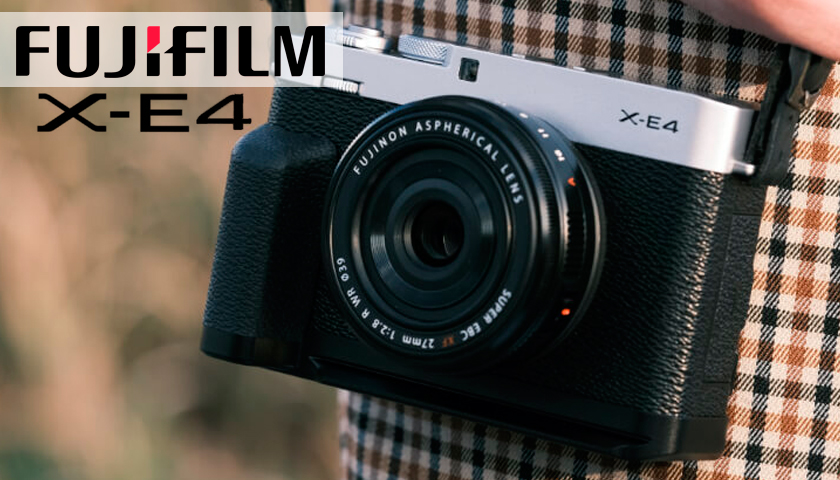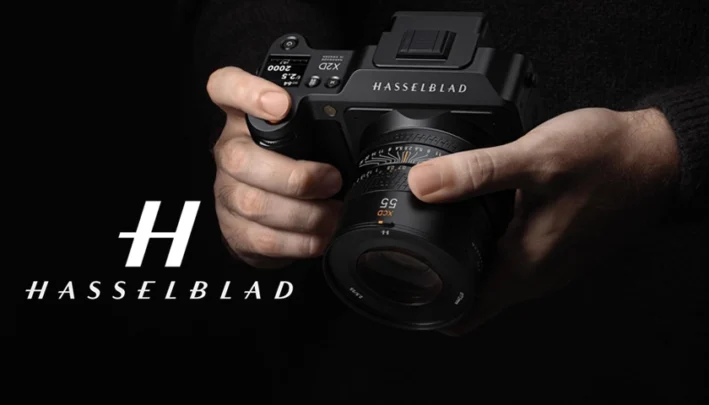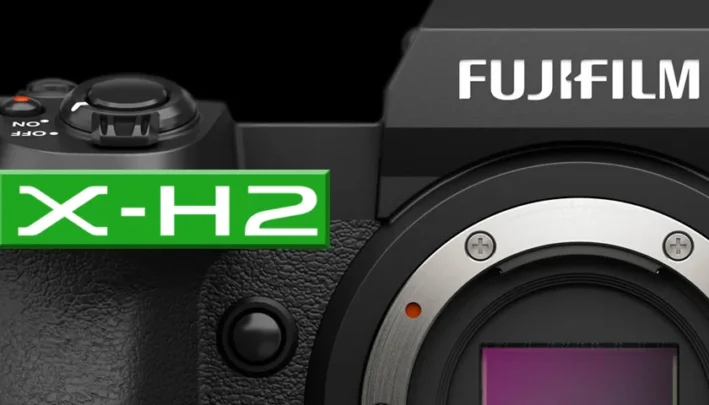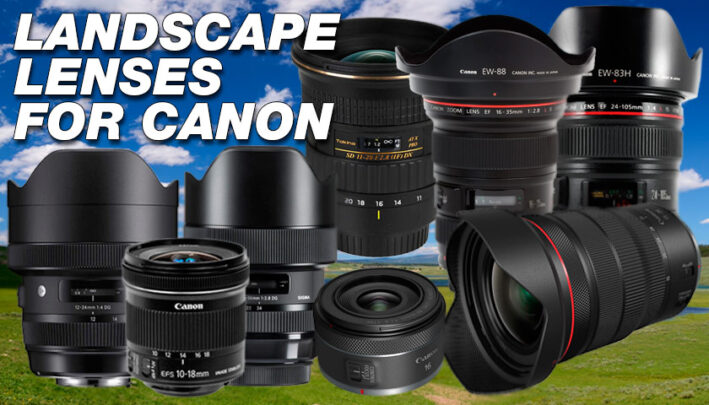Hits: 77
Small, lightweight Fujifilm X-E4 adds tilting selfie screen
| Bu makalenin Türkçesi | Dieser Artikel in Deutsch | Cet article en français |
FUJIFILM has announced the latest addition to its X-E range of rangefinderstyle mirrorless cameras. Billed as the most portable model in the X-series line-up, it employs the same 26.1 MP X-Trans CMOS 4 sensor and X-Processor 4 as the flagship X-T4. It’ll be available from March in black or silver for 910 Euro body only, or 1.080 Euro in a kit with the XF 27 mm F2.8 R WR lens (see below).
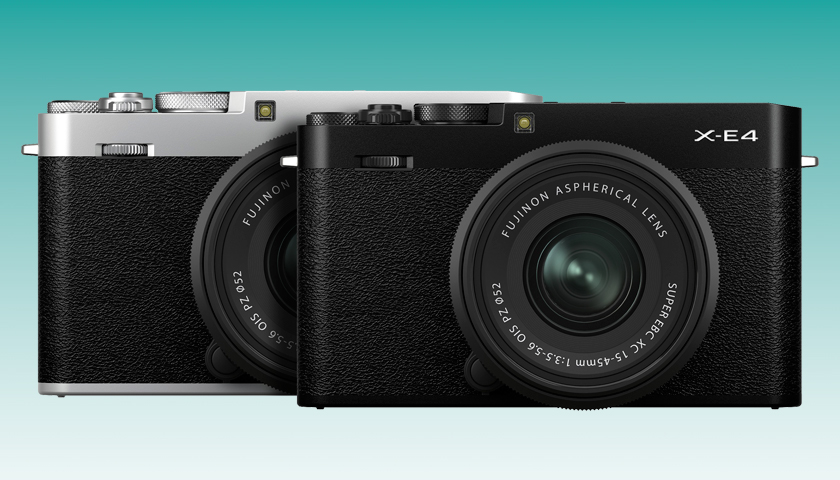
The X-E series has been going as long as the Fujifilm X-T series, and has always had strong appeal as a more compact, traditionally styled alternative. The X-E4 has several interesting new features, and the new kit lens is especially interesting. The camera will come with a pancake prime lens rather than a zoom – although it will of course take regular X-mount lenses too.
Like previous X-E models, the camera employs a corner-mounted electronic view finder. The X-E4 has a 180-degree rear screen for vlogging and selfies, and while the shutter speed dial on the top plate echoes the external exposure controls of previous X-mount cameras, Fujifilm has added a ‘P’ setting for program auto exposure. Unlike the recent X-S10, it forgoes in-body image stabilisation to keep the size down, to just 121.3×72.9×32.7 mm and 364 g.
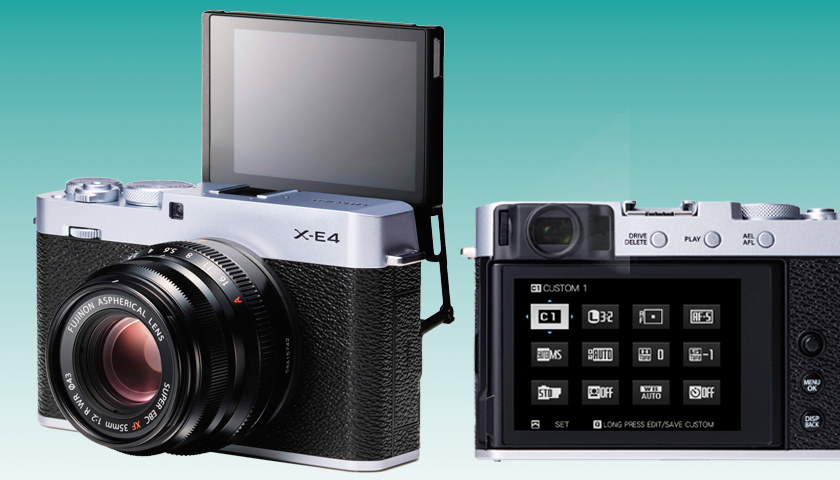
The classic, retro design takes its cues from the fixed-lens X100V, with a much sharper-looking top plate compared to its predecessor, the X-E3. Analogue dials for shutter speed and exposure compensation are complemented by the aperture ring on XF lenses, while a small joystick on the back is used to position the focus area.
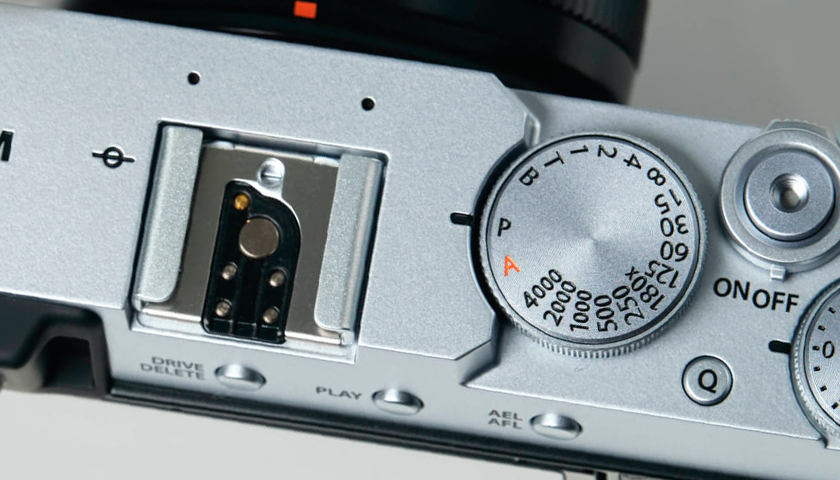
Like its X-Trans siblings, the X-E4 offers phase detection autofocus across almost the entire frame, including face and eye detection and tracking. It provides ISO 160-12,800 as standard, expandable to ISO 80-51,200; shutter speeds up to 1/4000 sec, or 1/32,000 sec in silent electronic mode; and 8 frames per second continuous shooting that can be boosted as high as 30fps by using the electronic shutter and a 1.25x crop. Video can be recorded in 4K at 30fps, or Full HD up to 240fps.
Users can expect the same excellent image quality as we’ve seen from the likes of the X-S10 and X-T4, with an extensive set of Fujilm’s excellent Film Simulation colour modes available. However the X-E4 doesn’t gain the new Nostalgic Neg mode that’s on the medium-format GFX100S.
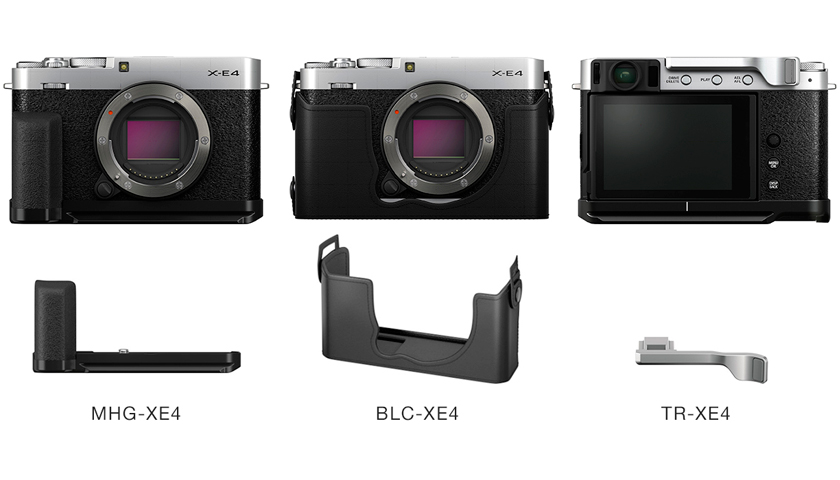
The X-E4 will be available from late February. Fujilm has also announced an array of accessories to dress up the X-E4 and improve its handling. There’s a BLC-XE4 black leather half-case for 80 Euro, along with a MHG-XE4 handgrip (90 Euro) which adds an Arca Swiss tripod plate. Finally, the 68,50 Euro TR-XE4 thumb rest slots onto the hotshoe to provide an improved hold, and will be avilable in either black or silver.
XF 70-300 mm telezoom
Alongside the X-E4, Fujilm has announced two new lenses. First up is the Fujinon XF 70-300 mm F4-5.6 R LM OIS WR, a lightweight telephoto zoom with a 105-450 mm equivalent range. It’s compatible with Fujilm’s XF 1.4x and 2x teleconverters for even greater reach.
Optically, the lens is constructed using 17 elements in 12 groups, including 1 aspherical and 2 ED elements. A 9-blade aperture promises attractive background blur, while a linear motor is employed for rapid autofocus, with a minimum focus distance of 83 cm. The built-in optical image stabilisation is rated for 5.5 stops effectiveness and works together with the in-body IS in the X-T4 and X-S10.

Like the majority of Fujilm’s XF lenses, the 70-300 mm is weather-resistant and rated to work in temperatures as low as -10°C. Its relatively slim barrel measures 75 mm in diameter and 132.5 mm in length, while weighing a travel-friendly 580 g, and it has a 67 mm filter thread. The lens is due in the shops in March for 830,00 Euro.
Improved pancake recipe
FUJIFILM has also updated its 27 mm f/2.8 pancake prime with weather-sealing and an aperture ring. With its slim dimensions and 40 mm equivalent view, the new XF 27 mm F2.8 R WR will likely be considerably better appreciated than its predecessor.
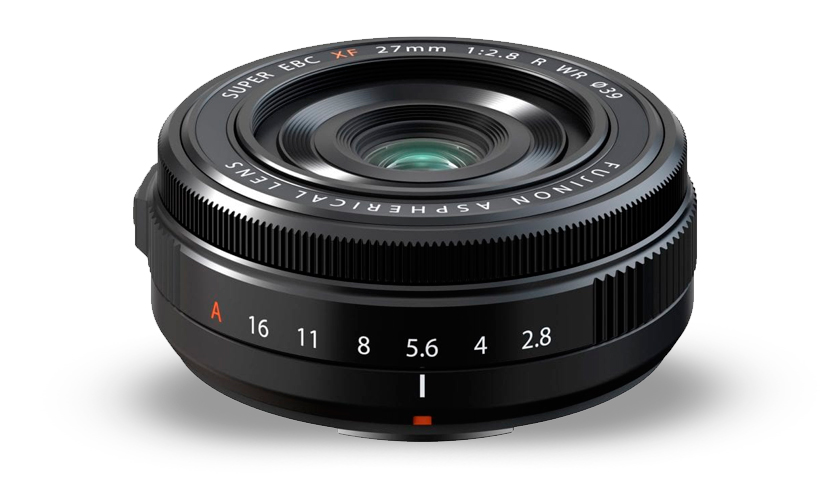
Vital statistics are very similar to before, with the same 7-element 5-group optical design that includes an aspherical element to suppress peripheral aberrations. The diaphragm employs 7 blades, the lens can focus as close as 34 cm, and it takes 39 mm filters. The new version is just fractionally larger than the original lens, although at 62×23 mm and 84 g, it’s still tiny. A small dome-shaped hood with a matching cap is included in the package, which will cost 480,00 Euro.

